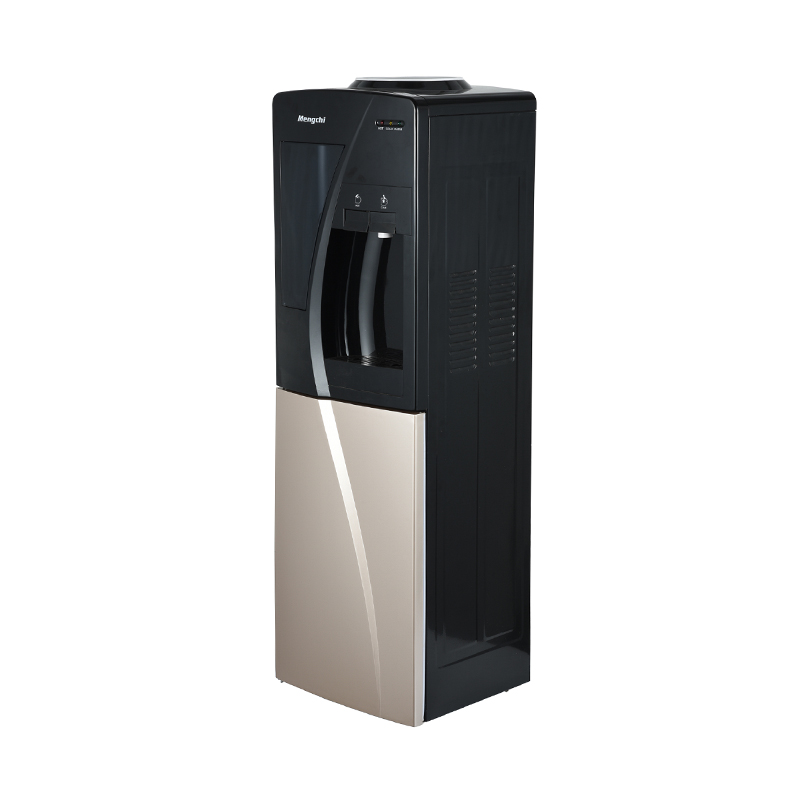An oxygen concentrator is a medical device that is used to deliver oxygen to patients who require supplemental oxygen. It is designed to extract oxygen from the air and concentrate it for delivery to the patient. Oxygen concentrators are commonly used in hospitals, clinics, and home healthcare settings for patients with respiratory illnesses or disorders.
How Oxygen Concentrators Work
Oxygen concentrators work by filtering air from the surrounding environment and compressing it into a purer form of oxygen. The air is drawn into the concentrator through a series of filters that remove impurities and moisture. The filtered air is then compressed and passed through a sieve bed of zeolite crystals, which separate nitrogen and other gases from the oxygen.
The oxygen is then collected and delivered to the patient through a nasal cannula or face mask. The concentrator continuously monitors the oxygen flow and adjusts it to maintain a consistent and appropriate oxygen level for the patient.
Benefits of Oxygen Concentrators
Oxygen concentrators have several advantages over traditional oxygen delivery systems such as tanks or liquid oxygen. Some of the benefits include:
Portability: Oxygen concentrators are lightweight and portable, which makes them easy to move from one location to another. This is especially important for patients who require oxygen therapy outside of a hospital or clinical setting.
Continuous oxygen supply: Unlike tanks or liquid oxygen, which require refilling or replacement, oxygen concentrators provide a continuous supply of oxygen as long as they are plugged in and functioning properly.
Low maintenance: Oxygen concentrators require minimal maintenance and are relatively easy to use. Regular cleaning of filters and replacement of sieve beds are the only routine maintenance required.
Improved quality of life: Patients who require oxygen therapy often experience improved quality of life as a result of increased oxygen levels in their blood. Oxygen therapy can help alleviate symptoms such as shortness of breath, fatigue, and weakness.











